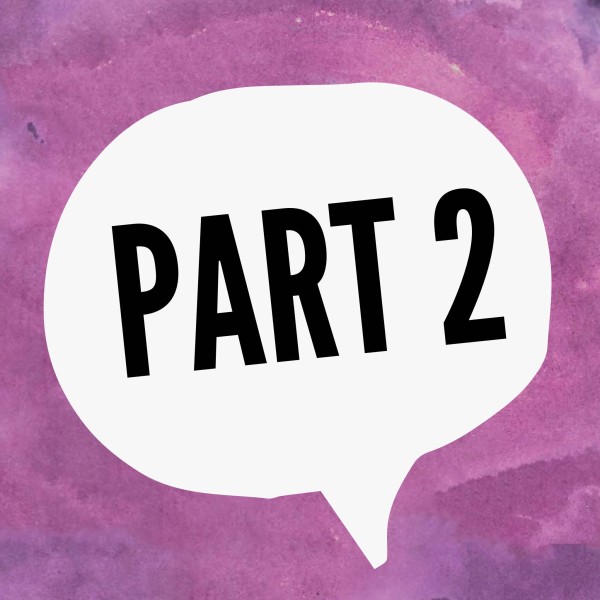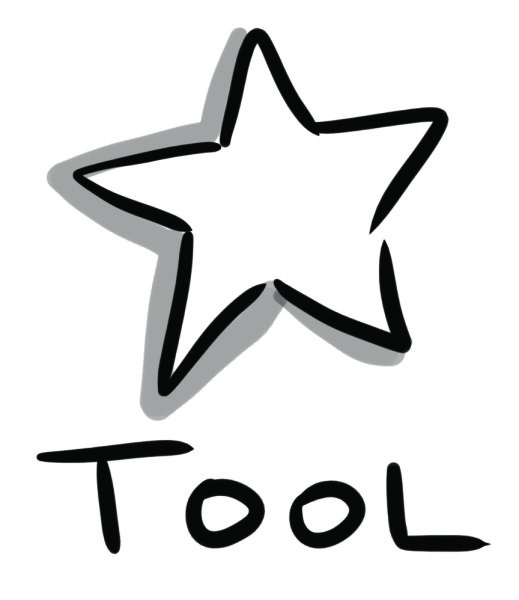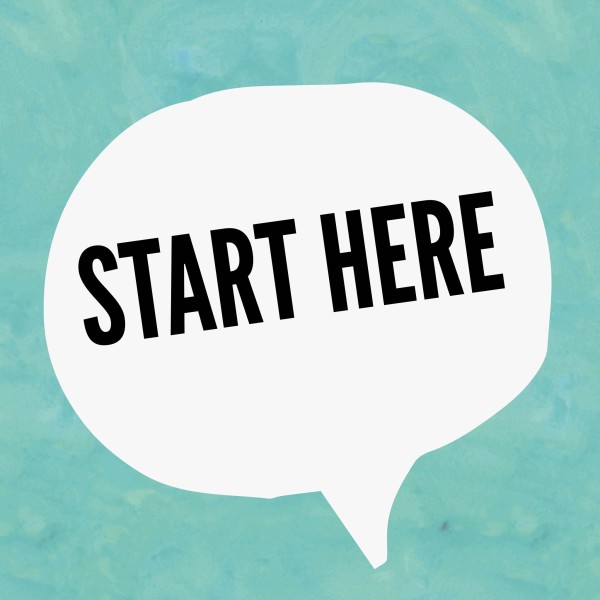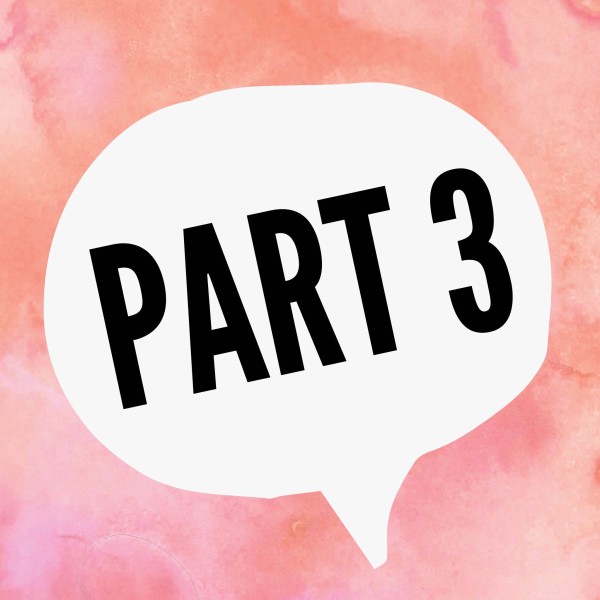Cultural Safety and Graphic Facilitation Part Two: Using our Heads
In the introduction post, I explored the meaning and importance of Cultural Safety and Humility in my work with First Nations, Métis, and Inuit communities, and how this has shaped my practice as a non-Indigenous graphic facilitator.
 THE JOURNEY OF CULTURAL SAFETY AND CULTURAL HUMILITY STARTS WITH SELF REFLECTION
THE JOURNEY OF CULTURAL SAFETY AND CULTURAL HUMILITY STARTS WITH SELF REFLECTION
Graphic facilitators can use our whole selves in service of cultural safety. There are moments where we can’t rely on drawing tokenistic concepts of “multiculturalism” or “diversity.” Instead, we can draw from a deeper, more informed place. As a start, we can enlist our heads, hearts, and hands to support this work. I’ll use this structure of heads, hearts, and hands to outline a non-comprehensive set of tools that have helped me.
 THE HEAD: UNDERSTANDING CONTEXT
THE HEAD: UNDERSTANDING CONTEXT
Understand history. Keep learning. Celebrate strong, diverse, and vibrant Indigenous cultures.
In order to support a group in building cultural safety, I have to see myself as part of—and not separate from—the journey of cultural safety as well.
My work starts before I arrive in the room. Even though I know race is socially constructed (that there is no scientific basis for racial differences), I know that race and Indigenous-specific racism shapes people’s lives. Cultural Humility helps me question the textbooks that taught me the winners and losers of history, and helps me understand Canada’s colonial history and how my family has benefited from laws and Indigenous- specific racism. By this re-learning, I uncover what shapes my worldview.
 Suggested tool: Historical research
Suggested tool: Historical research
The Truth and Reconciliation Commission report is an excellent place to start reading (or listening—you can find people reading the TRC report on YouTube videos). Indigenous-specific racism is not about “unintentional harm.” Visual practitioners don’t intend to draw the wrong thing. In the same way, health care workers don’t intend to create inequalities in health outcomes for Indigenous and other racialized people, yet Indigenous people die sooner. Further, discrimination is clearly a part of our systems, with a legacy of inequalities ranging from the Indian Act to clean water. The Truth and Reconciliation Commission report connects these systems. Cultural Safety asks us to examine our own cultural identities; it doesn’t ask us for the impossible task of understanding everyone else’s cultures. I know I will never understand every indigenous culture, so working with a sense of humility, I bring to the work an open mind. This makes me aware of how much I don’t know. However, there is a wealth of knowledge to be learned: there are over 600 First Nations in Canada with unique histories and experiences. Remember to research what is to be celebrated, along with learning past injustices: these are strong, vibrant, and diverse cultures despite the intentional efforts of colonialism and racism.
* * * *
The third post will launch October 17th. I will look at how we can make use of our hearts in graphic facilitation to enact Cultural Safety and Humility. We’ll also review Core Competencies for practitioners, and organizations. Here’s a preview:
CORE COMPETENCIES IN CULTURAL SAFETY FOR PRACTITIONERS
Graphic facilitation has the potential to enhance knowledge and build on the self-awareness necessary to advance meaningful change. As professionals, we can help the groups we work with by developing our core competencies, just as we work on other aspects of our practice. Here are suggested core competencies to support building cultural safety in our work:
- It starts with me. Each of us has to do our inner work. Arrive with humility. Research and understand my own history in the context of colonization of this country and the impact colonization has on the indigenous people and cultures here in their own land.
- My relationships with others in the room. How I introduce myself in a culturally appropriate way, and how do I behave. Who are the leader in the room? For this engagement, have I established appropriate networks in advance?
- Understanding my biases and worldview. Start from an assumption that things are not equal, institutions are not neutral, and that at the same time, people inside them may be very well-intentioned.
- Review my body of work as a critic. Pull out a selection of my images, and examine my work with a lens of cultural humility. What patterns do I notice? What choices did I make?
- Become an anthropologist-about-myself. Make field notes during a session one day. Use reflection-in-action. Take time out of the work to reflect on it and write down in as much detail as I can.
- Go beyond multiculturalism on the surface, and don’t limit myself to drawing different skin tones. How do I avoid reinforcing stereotypes in my images?
- Listen for the paradigms of colonialism, systems of class, gender, privilege.
- Support traditional Indigenous knowledge, connect stories to land and place.
You can find this entire article in our new book, Drawn Together Through Visual Practice.
Start at the beginning, or jump ahead for Part 3:


3 comments on “Cultural Safety and Graphic Facilitation Part Two: Using our Heads”
I found these cultural safety posts to be incredibly thoughtful and intentional! Thank you for sharing on this important topic. It is always a question in my mind of “am I representing the folks and the information that is shared appropriately?” Related to systemic oppression, in one of my first few recordings for the School of Nursing, I had represented them with medical equipment and the typical nursing hat. During that day a nursing professional approached me. I cannot thank this person enough, because she came to me with several thoughts about what I had drawn. Many of her comments were positive, but the most helpful feedback was that I had represented them in a very old-fashioned way, one in which was female-centric, and that she looked down on. She said “we are more than that hat!” So, in that instance, I wrote her quote next to the hat, and politely apologized for not knowing better, and quit drawing those hats! I was so thankful that she approached me. I think opening yourself to feedback is also a step toward the humility you speak of. Even in those moments of humility, when you are not prepared, you can choose to take it as a time of learning and to do better, and find ways to get back into integrity! What would be helpful to me as someone new to graphic recording is to know what sort of questions you ask ahead of time. You mentioned in your Creative Mornings talk that you do a lot of prep work and unpacking jargon…do you also ask about things to avoid? What other information do you like to have upfront, when you can? Thanks so much!
Hi Sara! Thanks for sharing your insights. It’s great that you care about working with cultural safety and humility in your work as a graphic recorder. Part of a bigger movement for change! Yes, I do ask clients and projects about stereotypes and things to avoid. Like you, I was surprised what came up – librarians who asked me to draw more than just books, just like the nurses and the hats! Of course, there’s no one way to draw Indigenous symbols or representation, so I avoid pan-Indigenous representation too. Ask, ask and always just ask. I always learn something about how communities want and do see themselves. I think of the visuals as a partnership to the facilitation and participants, and the conversation starts as early as we can. Hope that helps!